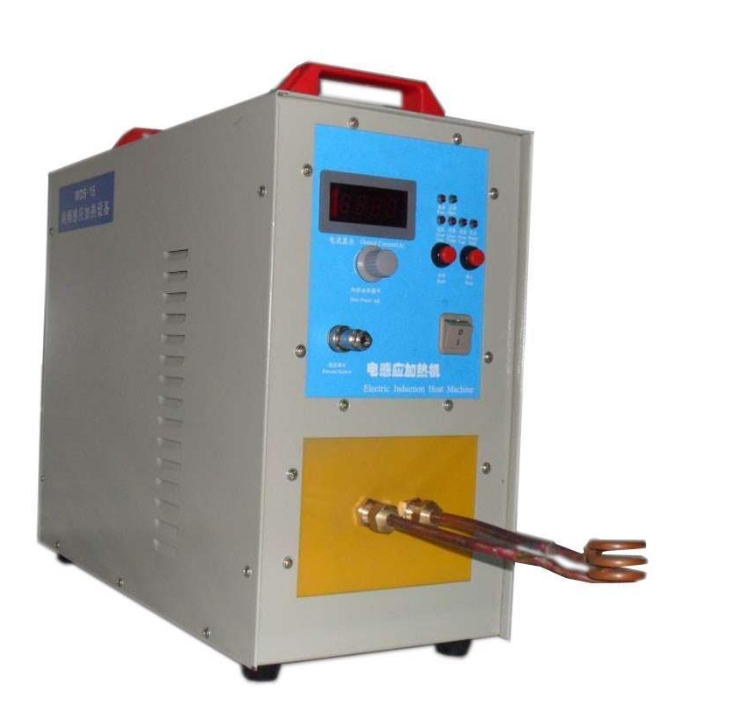- 09
- Oct
Why is the workpiece deformed when heated by induction hardening equipment?
Why is the workpiece deformed when heated by induction hardening equipment?
The induction hardening equipment heats the workpiece very fast, and the heating is uniform, which just meets the increasing use of various accessories for quenching. It is through rapid heating and rapid cooling of metal materials to obtain only the surface hardened layer as martensite. We can only use various methods to control the amount of deformation, but the problem of workpiece deformation cannot be completely eliminated.
1. Forging and processing
When the induction hardening equipment is heated, the workpiece will produce different deformations. Please take the corresponding methods to prevent it.
When machining crankshafts, fiber flow is due to changes in positioning standards. Some parts are processed less, but some parts are processed more.
2. Uneven cooling
If the quenching oil can flow evenly through all the workpieces, then each workpiece and the parts at different positions of the workpiece can be uniformly cooled, which is also the most important method to prevent deformation of the workpiece.
When slender shaft parts are induction hardened by induction hardening equipment, if the flame thrower and the shaft are not on the same centerline and the distance from the water spray position is inconsistent, the deformation will increase after quenching. In addition to correcting the uneven cooling factor, you can pass Add to prevent deformation to clamp.
Three, pressure
Shaft parts will stretch when heated by induction hardening equipment. If the elasticity is not good, or even if the elasticity is good, the parts will be bent and deformed due to too much pressure or too long shaft.
Fourth, the structure is unreasonable
In the design structure, it is necessary to avoid asymmetrical shapes and uneven cross-sections, as well as the step diameter difference to be as small as possible, and smooth transitions with circular arcs at corners.
Five, stress
With the following methods, we can greatly reduce the deformation of the workpiece after induction hardening. Experience has shown that if a high temperature tempering process is added to the shaft parts after machining, the machining stress and the straightening stress before quenching can be eliminated.

